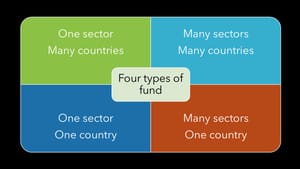Beyond the Big Four
In the past, non-traditional sectors such as life sciences were considered marginal. Today in the US, they are recognised as components of core strategies—supported by new NCREIF classifications and an appetite for greater diversification. What was once a tactical allocation has become strategic. By 2024, non-traditional sectors accounted for nearly 14 per cent of US institutional portfolios, up from less than 3 per cent in 2006.
The move to alternative sectors is evident in Europe as well. As Emerging Trends in Real Estate Europe 2026 observes:
Over the last two decades, the number of sectors for real estate investment has expanded considerably... A notable feature of the most favoured sectors is their operationally intensive nature.
Yet when historic data is thin on the ground—particularly in Europe—how do investors truly understand the fundamentals of sectors such as life sciences or data centres?
The most reliable answer is to look at the deals themselves. Each transaction reveals practical insights into value creation and the structures adopted when property investment converges with business operations.
What makes OpRE tick
Operational real estate (OpRE) integrates property ownership with ongoing business operations. Its value derives not only from rental flows but also from the performance of the underlying business. OpRE has emerged as a means to maximise value, mitigate risk and counter inflation. Its appeal also lies in its alignment with long-term structural themes: demographic shifts, rising healthcare costs and technological change. These forces are blurring the boundaries between buildings and the businesses that occupy them.
Operators behind the returns
Operational intensity introduces new dimensions of risk and alignment. Fund managers accustomed to passive tenancies must adapt to more active roles—hybrid leasing structures, management contracts or joint ventures with specialist operators. Dedicated platforms or partnerships with experienced operators have become key tools for private investors aiming to strengthen their operational capabilities.
Which business model fits?
There is significant variation in how ownership and operational responsibility are structured. Three models are common:







